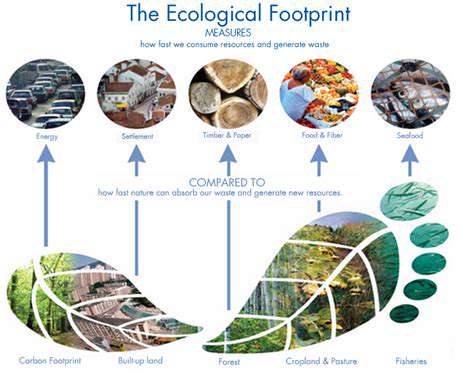Best Budget Family Vacation Ideas
Planning Your Epic Journey
Every great road trip starts with solid planning. Sketching out a rough itinerary helps avoid costly detours while leaving room for unexpected discoveries. I always start by marking must-see spots on a map, then researching free attractions nearby. Gas prices fluctuate, so checking regional trends helps estimate fuel costs. Packing snacks and reusable water bottles cuts down on convenience store stops. Pro tip: local tourism boards often have free maps and discount coupons.
Sleeping Under the Stars (Or Not)
After a long day driving, nothing beats a good night's rest that doesn't break the bank. National forest campgrounds offer stunning views for $15-20 per night - a steal compared to motels. For urban stops, I've found hostel private rooms often cost less than hotels. That said, sometimes splurging on a quirky roadside motel becomes the trip's highlight. Always check reviews for hidden fees before booking.
Smart Driving Strategies
My uncle, a trucker for thirty years, taught me cruise control saves gas on flat highways. Avoiding sudden stops and starts can improve mileage by up to 40% in stop-and-go traffic. I plan routes using apps that show real-time gas prices and construction delays. Taking scenic backroads often means less traffic and more memorable vistas than interstates.
Eating Well for Less
Roadside diners and food trucks offer local flavor without resort prices. Farmers markets provide fresh, affordable picnic supplies - I've discovered amazing regional cheeses this way. My cooler stays stocked with sandwich fixings, fruits, and drinks. When cooking at campsites, one-pot meals minimize cleanup. Pro tip: many grocery stores have hot food bars with cheaper meals than restaurants.
Free Fun Along the Way
Some of my favorite trip memories cost nothing. State welcome centers often have free exhibits about local history. Hiking trails reveal breathtaking views no postcard can capture. Small town main streets frequently host free concerts or festivals. I always check community bulletin boards for unique events. Even simple rest stop sunsets can become trip highlights.
Tech That Saves Money
Modern travelers have tools my parents never dreamed of. Apps like GasBuddy have saved me hundreds on cross-country trips. HotelTonight offers last-minute deals when plans change. I use free museum days listed on city tourism sites. Offline maps prevent data charges in remote areas. A portable power bank keeps devices charged without car adapter drain.
Going With the Flow
The best road trip advice I ever received? Schedule must-dos, but leave space for magic. That's how I discovered a tiny bakery making the world's best cinnamon rolls or an impromptu roadside folk concert. Flexibility means taking that intriguing detour or extending a stay when you find somewhere special. Some of my most cherished travel memories came from unplanned moments.
DIY Family Fun: Making Memories at Home
Creative Crafting Adventures
Last winter, we turned a snow day into an art marathon. Old cereal boxes became a miniature city, complete with toilet paper roll skyscrapers. The kids still talk about it. We've since made family scrapbooks, painted rocks for the garden, and even created a cardboard spaceship that lived in our living room for weeks. The mess cleans up; the memories last forever.
Treasure Hunts at Home
My grandmother's clue-based scavenger hunts became legendary. We've adapted them for birthdays, rainy days, even just-because days. Simple rhymes lead to small treats or funny challenges. One Easter, clues hidden in plastic eggs created an all-day adventure. The key? Tailor difficulty to ages - toddlers get picture clues while teens enjoy word puzzles.
Movie Nights With a Twist
Our Around the World series became a hit. We pair international films with homemade versions of the country's snacks. Swedish fish for Pippi Longstocking, homemade pretzels for Heidi. The kids now request movie nights with passports. Sometimes we even attempt accents or simple phrases from the film's language.
Blanket Fort Engineering
What began as a rainy day distraction became a monthly tradition. Our record is a three-room fort spanning the entire living room. Clothespins and binder clips work better than tape for structure. Add twinkle lights and it becomes a magical space for reading, storytelling, or just imagining. The cats love it too.
Game Tournaments
We keep a family championship board for favorite games. Uno matches get surprisingly intense in our household. Mixing classics with new finds keeps it fresh - recently we discovered a cooperative game where we all work together to escape a volcano. The shared victories create wonderful bonding moments.
Backyard Explorations
A magnifying glass transforms our yard into a wilderness. We've identified 27 types of local bugs and started a nature journal. Simple things like cloud watching or listening for different bird calls become adventures. On summer nights, we spread blankets and tell stories under the stars. The best part? No admission fees.
Exploring Affordable Destinations: Discovering Hidden Gems
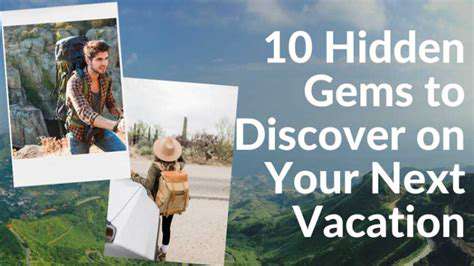
Budget-Friendly Beaches
My favorite beach find? Portugal's Algarve region offers stunning cliffs and golden sands at half the cost of similar Mediterranean spots. Local seafood shacks serve amazing meals for under €10. Off-season visits mean fewer crowds and lower prices. I've found similar value in Vietnam's Phu Quoc island and Mexico's Isla Holbox - all offering luxury-feeling vacations without luxury price tags.
City Breaks That Don't Break the Bank
Kraków stunned me with its beauty and affordability. Five-star hotels cost less than budget chains in Western Europe. The historic center, a UNESCO site, charges no admission. Pierogi feasts cost pocket change. I apply this lesson everywhere: research cities where your currency goes further. Often, secondary cities offer richer experiences than overcrowded capitals anyway.
Adventure Without the Price Tag
National parks are America's best bargain. An $80 annual pass grants unlimited access to all 400+ sites. I've hiked slot canyons, seen geysers erupt, and camped under redwoods for pennies per day. Similar value exists worldwide - New Zealand's Great Walks, Scotland's Right to Roam laws. Adventure travel becomes affordable when you focus on nature's free wonders rather than expensive tours.
Travel That Gives Back
In Costa Rica, I stayed at an eco-lodge run by local families. My visit directly supported rainforest conservation and community education. The experience felt more meaningful than any resort stay. Many developing countries offer homestays where $30/night provides income to families and authentic cultural exchange. These trips cost less while creating positive impact.
Backyard Bonanza: Creating Magic at Home
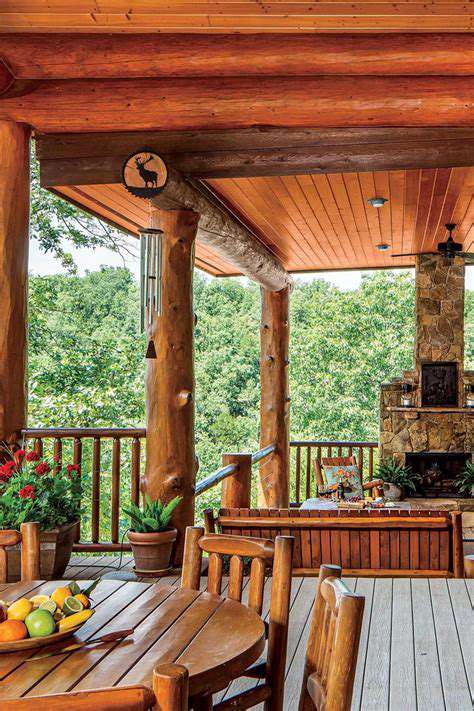
Space Transformation Tips
Our small yard became an oasis with strategic touches. Vertical gardens on fences added greenery without sacrificing space. A simple gravel circle with folding chairs creates a flexible gathering spot. The key is identifying how you'll actually use the space before investing in furniture or features. We realized we needed more shade than a dining set, so prioritized a pergola.
Setting the Mood
Solar-powered lanterns along pathways create evening magic for zero electricity cost. I repurposed old jars into candle holders that cast beautiful shadows. A Bluetooth speaker hidden in a weatherproof box provides adjustable ambiance. The secret? Layer lighting at different heights for depth and interest.
Outdoor Cooking Made Easy
A simple charcoal grill and side table became our outdoor kitchen. Prepping ingredients indoors makes al fresco cooking stress-free. We do build-your-own taco nights where everyone assembles their meal outside. For drinks, a galvanized tub filled with ice keeps beverages cold all evening. Pro tip: keep a basket with basic utensils and napkins ready to go.
Play Space Solutions
Our kids' favorite addition? A simple sandbox made from a repurposed livestock water trough. Adding a retractable shade cover made it usable all day. A blackboard painted on the fence provides endless creativity. The lesson? Kids need imagination starters more than expensive playsets.
Eco-Friendly Touches
Native plants reduced our watering by 70% while attracting butterflies. A rain barrel waters our garden during dry spells. We compost kitchen scraps in a discreet bin that doubles as a side table. Sustainable choices often save money while creating a healthier outdoor environment for everyone.
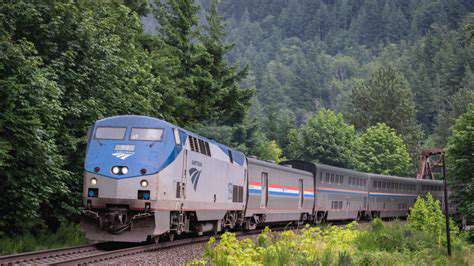
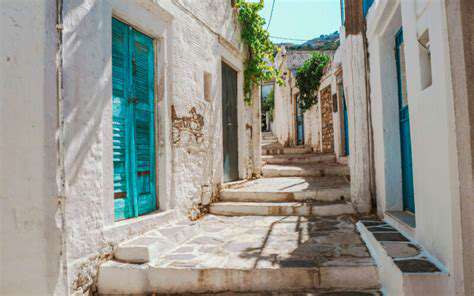
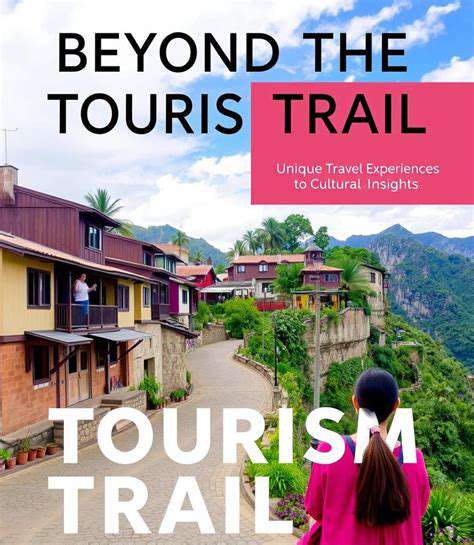
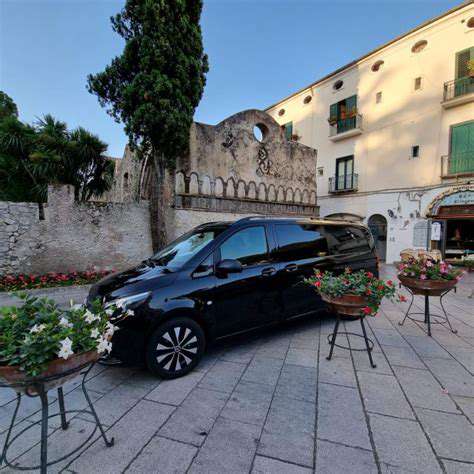

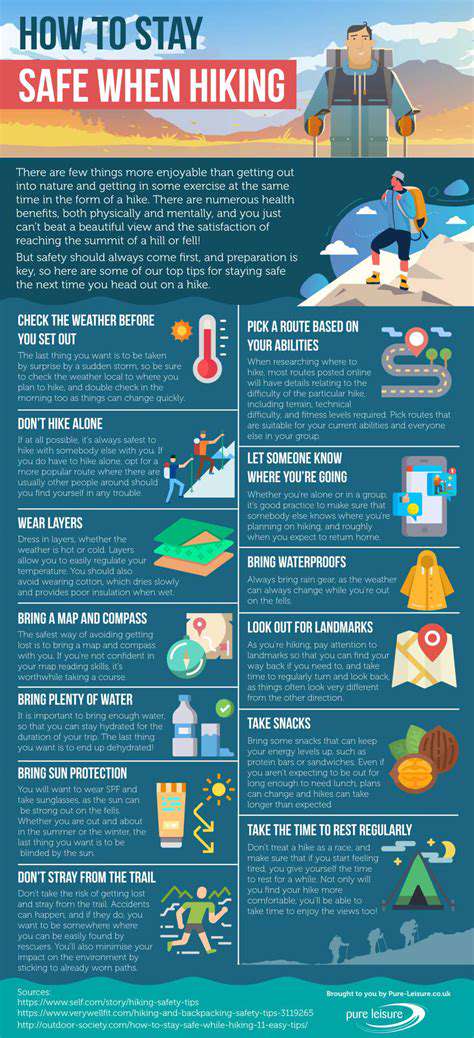
![How to Travel on Points and Miles [Travel Hacking]](/static/images/27/2025-05/StayingUpdatedontheLatestTravelHackingTrendsandOpportunities.jpg)
